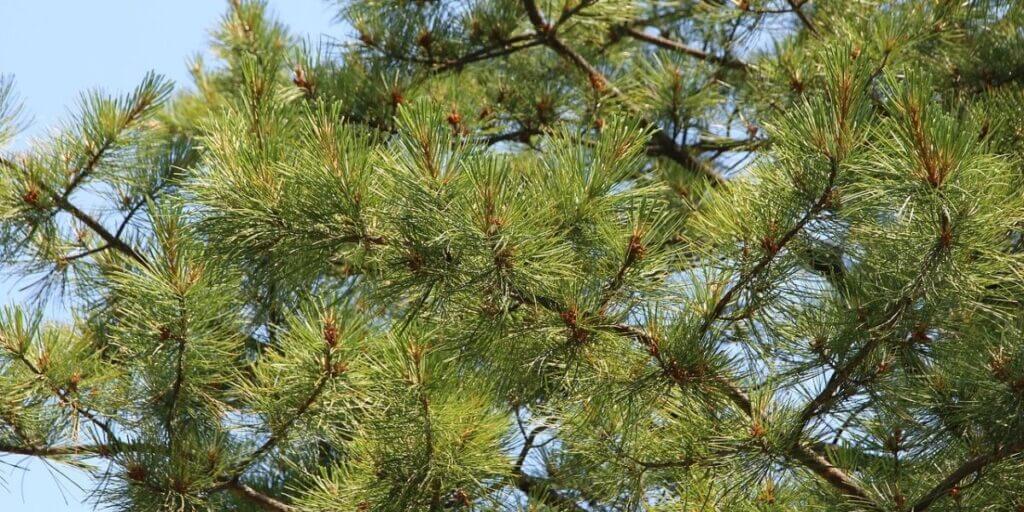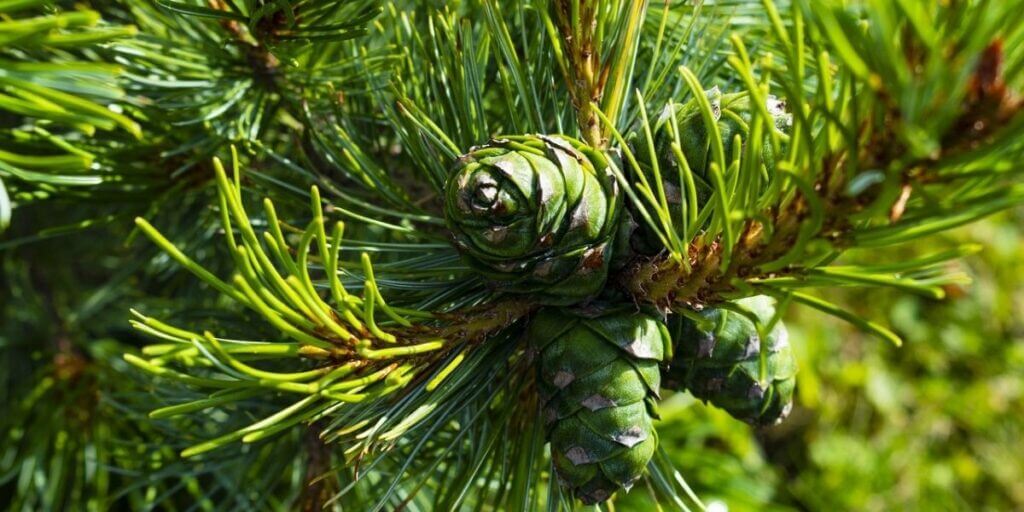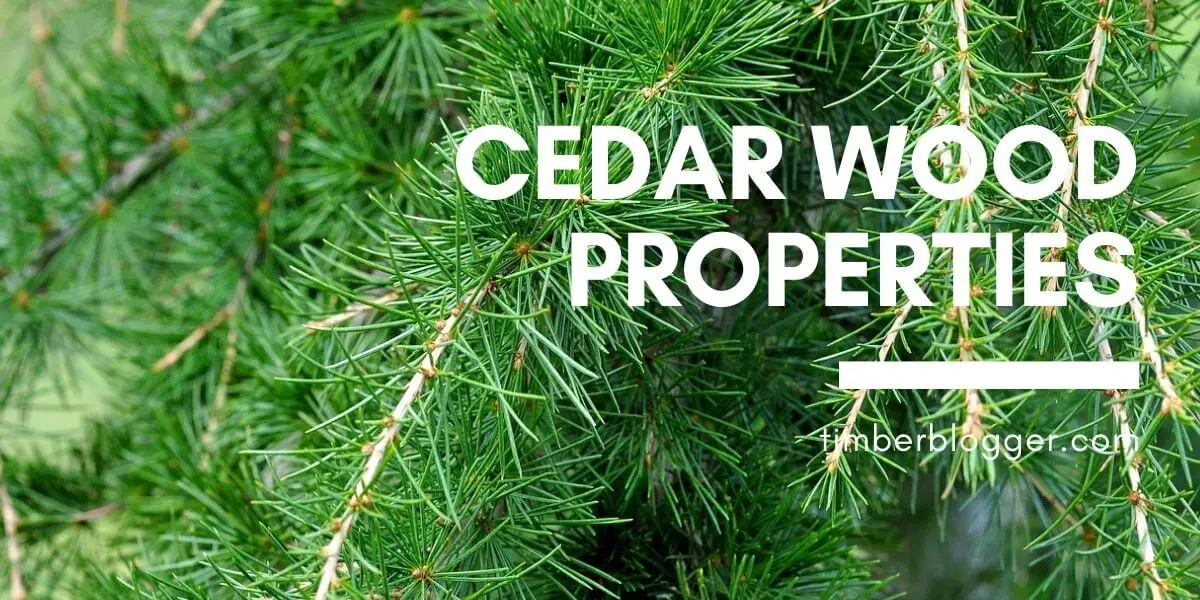Introduction
Cedar Woods is known for making quality home furniture. Cedar gives a great appearance, and it is aromatic and a natural insect-repelling wood. Because of its durability quality, it is used for extreme weather and external applications. Its many special properties make it different from other wood.
Cedar is not a wood of a particular species. Rather, cedar includes many species of wood. More than 15 cedar species are available and counted into the cedar families. They are very close to each other, and they differ in properties of color, hardness, and rot resistance. They are used on the basis of their properties.
Its dark color, lightweight, and soft texture make it beautiful and more demanding. It is used for fencing, decking, siding, trim, and many other applications. Due to its aromatic properties, It is also used for clothing storage and oil. It is famous all over the world.
| Wood Color | Pinkish-red color to dark color |
| Tree Height | Generally 130-160 ft. (50 m). |
| Found at | Native to the high altitude mountains of the western Himalayas and the Mediterranean region. |
| Uses of Cedar | Cedar oil, fencing, decking, siding, boatbuilding, musical instruments, and many more. |
| Finishing | Cedar has good finishing qualities. |
| Workability | It is easy to cut and shape. Great workability properties. |
| Types | Softwood |
| Availability | It is easily available in many regions |
| Durability | It is extremely durable. Therefore it is used for Boat Making. |
Cedar Wood Uses
1. Clothes Storage
Cedar Lumber is famous for its aroma. It is widely used for clothing storage such as wardrobes, chests, and trunks. It is also naturally antibacterial and antifungal. So that it is a good option for clothes storage.
2. Cladding
Cedar Lumber is widely used for Cladding applications. Cedar lumber has a good visual appearance and gives a fine uniform texture. It is also strong. It is used to make interior and exterior cladding.
Cedar is a softwood that is light in weight. Some think that softwood is weaker than heartwood but it is not 100% true. Cedar is the best option for exterior cladding as it is a stable wood species. Western Red Cedar is famous for cladding.
3. Ceiling
For the production of the ceiling, paneling is pine, cedar, larch, oak, beech, mahogany, and many. All these woods have good density. So it is better for the ceiling and roofing. It gives a dark brown color from light yellow. The constructor prefers using cedar to the ceiling. Because it is the most budget-friendly wood and naturally rot-resistant wood.
4. Shingles
The most commonly used wood on shingles today is western red cedar. Eastern white cedar is also a good option. Cedar’s heartwood has good decay resistance for shingles or exterior applications. Being temperature resistant, it is perfect for Shingles.
The durability of the wood should be good. Because it is constantly exposed to the wind, rain, and other elements. The effect of the weather continues on it. So, high-quality grade cedar shingles and wallaba shingles are the best options for shingles.
5. Musical Instrument
For the Musical Instruments, spruce, cedar, mahogany, and Sapele (alternative to mahogany) are famous. The choice of wood for the musical instrument depends on what you are striving for in the way of sonic character. But Western Red Cedar and Yellow Cedar are famous for making musical instruments.
6. Cedar Wood oil
Cedar oil is produced from the foliage, wood, roots, and bark of cedar. Cedarwood oil has many uses in medicine, art, industry, and perfumery. It has been in use since the time of the ancients. First used by Sumerians and Egyptians.
Cedar Wood Advantages and Disadvantages
Cedar Wood Advantages
1. Lightweight
Western Red Cedar is a lightweight wood species. So it is easy to use at high altitudes. There is sufficient moisture in the cedar. So it is less likely to crack and warp.
2. Great Workability
Western red cedar and other Cedars have great workability. It is very easy to work with small and big machines. It can be used in more tangled spaces.
Cedar is a nice wood to turn, but it is soft. It can be easily cut and curved. It holds nails and screws easily. The cedar surface holds glue, polish, and paint well for a long time.
3. Price
Many species are counted in the cedar family. Many wood species have prices lower to higher. Because of this, you have many price ranges of cedar available in the market. So you have many options based on your budget.
4. Availability
To use wood for any major project, it is very important that the wood used is available in the market and nearest location in reasonable quantity. Cedar is famous worldwide, and It is a group of more than 15 species of wood. Which is found in almost every country or mountain area.
5. Temperature Resistant
Cedar has very good temperature resistance properties. So that it is a suitable wood material for roofing and siding. Western red cedar is famous for external purposes. These properties are due to their straight-grained and moisture content.
6. Durability
Along with moisture, chemicals are also found in cedar. Which is used as oil. This oil prevents insects and fungus. Due to chemicals, cedar lasts for 30-40 years. If maintained properly, it remains durable for more years.
The durability of any wood depends on many things, such as contact with weather, maintenance, and moisture.
7. Attractive Appearance
Cedar is generally a more attractive wood, with dark reddish color tones and stained, and treated for a beautiful finish. Due to its uniform grain, it gives a great look for siding and roofs.
Cedar Wood Disadvantage
1. Requires Maintenance
Due to being softwood, Cedar needs regular maintenance. Some experts say that if you are using Cedar for siding, roofing, or any other external purpose, then it Requires maintenance every year.
2. Flammable
Cedar is a flammable wood. Which can cause trouble for many customers. The main reason for being flammable is the presence of oil in it. To deal with this issue, use specially treated Cedar.
3. Fading Color
Changes color over time due to chemical reactions. This process happens very quickly when it is exposed to sunlight. If you are using Cedar for the exterior application, then after about 2 weeks. The color will rapidly change from red to gray.
Hard to identify: Real Cedar is not easy to identify. In the United States of America and many other countries, other wood is sold to customers as Cedar. For a person who does not know much about wood, it is difficult to identify real cedarwood for such a person. Due to this, customers often cheat in the market. To avoid this, you should have enough knowledge about Cedar.
4. Sensitive
Cedar is a sensitive wood. So it can be more easily scratched or dented by furniture and pet claws. If you are using Cedar for flooring, you should use furniture leg pads and carpets. It needs regular maintenance and uses polish to protect the floor.
5. Weak
Cedar is a common material in construction. However, many constructors do not want to use it for structure-building material. Because they believe that white Cedar is not for heavy loads such as cypress, redwood, and pressure-treated lumber.
Types of Cedar Wood

1. Incense Cedar
Properties: Heartwood is light to medium reddish-brown and sapwood is light brown to white in color. It has a straight grain and fine uniform texture.
Workability: Great workability, nails, screws, and paints hold very well.
Uses: It is used to make pencils, Venetian blinds, fence posts, siding, and various exterior applications.
2. Northern White Cedar
Properties: The scientific name of northern white cedar is Thuja occidentalis. Northern White Cedar, Heartwood is pale brown and the sapwood is white. small knots are present in the wood. Uniform straight-fine grain gives a uniform look.
Workability: Overall good working characteristics. Due to the softwood. It has poor screw and nail holding capabilities
Uses Fences, shingles, piles, canoe, railroad, and paper (pulpwood).
3. Western Red Cedar
Properties: It is found in pinkish-brown to a yellowish-white color. Western Red Cedar has a straight grain and a medium to coarse texture. It is naturally Rot resistant. A great choice for external uses.
Workability: Easy to work with both hand or machine tools. Glues, nails, and screws hold well.
Uses: Shingles, siding boatbuilding, boxes, crates, and musical instruments.
4. Eastern Red Cedar
Properties: It is also known as Aromatic Red Cedar. It is found in colors ranging from reddish or violet-brown to yellow. Eastern Red has a straight grain, usually with knots present
Workability: Generally easy to work with a hand tool. Sometimes there is a problem with machine work due to knots.
Uses: Fences, carvings, outdoor furniture, pencils, bows, and small wooden specialty items
5. Lebanon Cedar
Properties: Lebanon cedar also called Cedar of Lebanon. The heartwood of this species is light reddish-brown and the sapwood is light yellow to white in color. There are irregular grains present. It is very durable, and generally resistant to insect attack. A great choice for external applications.
Workability: Easy to work with hand and machine tools. Sometimes due to irregular grains, there is difficulty in machine work. But overall Turns, glues, and finishes well.
Uses Veneer, cabinetry, and building construction.
6. Spanish Cedar
Properties: Spanish cedar has a light pinkish to reddish-brown color. colors tend to darken with age. The grain is straight or shallowly interlocked.
Workability: Spanish Cedar is easy to work with hand and machine tools. Sometimes sanding is required for a smooth surface.
Uses Veneer, plywood, cabinetry, musical instruments such as flamenco and classical guitars, and boatbuilding.
7. Alaskan Yellow Cedar
Properties: As the name itself suggests, this light is yellow in color. Color tends to darken with age upon exposure to light. The grain is usually straight and a uniform medium to a fine texture. This is Rot Resistance. So it is very durable.
Workability: Easy to work with both hand and machine tools. Holds Stains, glues, paints, and finishes well.
Uses: It is famous for boatbuilding, siding, flooring, decking, outdoor furniture, musical instruments, and carving.
8. Cyprian Cedar
Properties: This is a unique species of Cedar. Its usage and availability are low. It is found in parts of Cyprus, Turkey, and Syria. It is very similar to the Lebanon species of cedar. Cyprian Cedar has small, rounded leaves
Workability: Easy to work with hand and machine tools. Overall turns, glues, and finishes well.
Uses: It is used for making veneer sheets, cabinetry, and building construction.
9. Atlantic White Cedar
Properties: It is also known as Southern White Cedar. This light is found in reddish-brown to pale yellow-brown to almost white color. The grain is straight, with a fine uniform texture.
Workability: Easy to work with all conditions. glues, and finishes well.
Uses Boatbuilding, carving, siding, shingles, and construction lumber.
10. Port Orford Cedar
Properties: Its color varies from light yellowish-brown to pale yellow-brown. After exposure to sunlight, its color becomes even darker. The grain is “straight and uniform medium to a fine texture.
Workability: Easy to work. Holds paint well, stains glues, and finishes well.
Uses: Arrow shafts, musical instruments boatbuilding, boxes, chests, and best for interior application
How to Identify Native Cedars?

Cedar trees can be identified mainly by needles, cones, and bark. These are the following points given below that can help you identify cedar.
- It has bluish-green needles which are tufted.
- The cedar tree has reddish-brown bark that is easily peeled.
- The length of a mature cedar tree is 130-160 ft. (50 m).
- The cedar tree is found mainly in the area of Cyprus, the mountains of Northern Africa, Turkey, and Northern India.
- True cedar has larger cones on top of the branches.
- It is a fragrant tree. There is a constant light fragrance from its wood.
Is Cedar Wood Waterproof?
Cedar is not 100% waterproof. But it is more durable in contact with water than other wood. But it cannot withstand water forever. Some woods perform better in moisture areas, and some do not. It all depends on the wood properties.
We can say Cedar is performing well in moisture. If we talk about wood, then nothing is 100% waterproof. It is useful for this moist place after the treatments.
Is Cedar Toxic to Humans?
There are many species of cedar. Some are poisonous, some are not. It depends on what kind of cedar you use. Red cedar causes sensitivity in more people than white cedar.
Western Red is responsible for irritants, sensitizers, runny noses, asthma, nervous system effects, and NPC (rare). While Port Orford is responsible for irritants, runny noses, asthma, and kidney problems (diuresis). Here is a link to a wood allergy database.
The conclusion
Cedar is known for its beauty, versatility, and spicy aroma properties. It comes under the softwood category. This beautiful wood is famous all over the world.
Each wood has some pros with some cons. cedar also has some cons that are covered in this post.
Overall it depends on the user whether cedar is the right or not wood for your dream project.


Comments are closed.